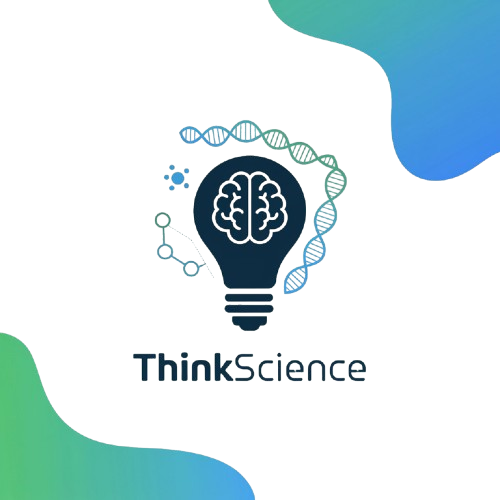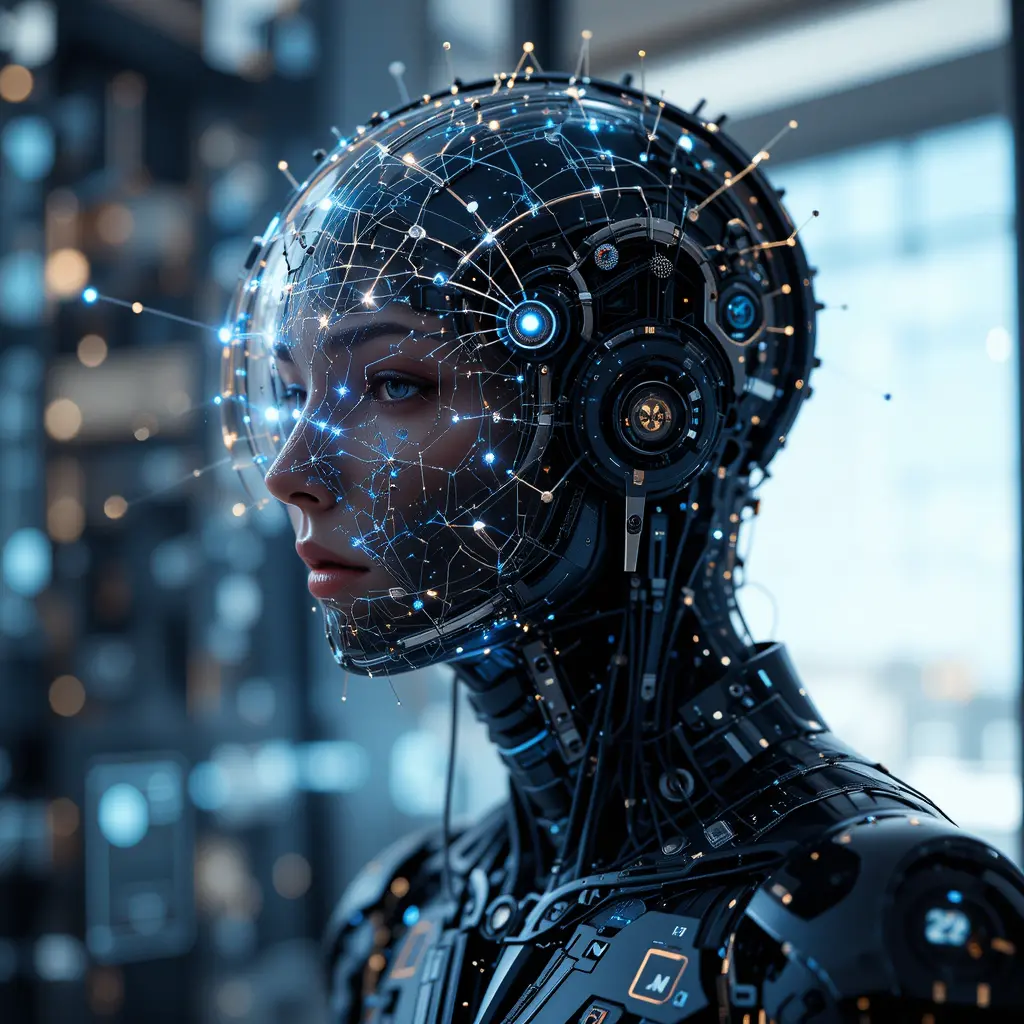Imagine a classroom where technology seamlessly enhances learning, making lessons more engaging and personalized. “AI in the Classroom: Transform Your Teaching Today!” explores how artificial intelligence is revolutionizing education. This article delves into practical ways AI tools can support teachers, streamline administrative tasks, and adapt to individual student needs. Discover how embracing AI can transform your teaching approach and elevate the educational experience for both educators and students.
The Role of AI in Modern Education
AI in the Classroom: Revolutionizing Education is not just a futuristic concept; it’s happening right now. As an Educational Technology Expert, I’ve seen firsthand how AI is reshaping the way we teach and learn. Imagine a classroom where each student receives personalized attention, akin to having a private tutor. This is the power of AI in modern education.
Personalized Learning Experiences
AI can tailor educational content to meet individual student needs. For instance, if a student struggles with math, AI can provide additional resources and exercises to help them improve. This personalized approach ensures that no student is left behind. In my experience, students often feel more engaged and motivated when learning at their own pace. It’s like having a teacher who knows exactly what you need, when you need it.
Enhancing Teacher Efficiency
AI doesn’t replace teachers; it enhances their capabilities. By automating administrative tasks, such as grading and attendance, AI allows teachers to focus more on teaching and less on paperwork. I remember a colleague who used AI to streamline her lesson planning. She found that it saved her hours each week, which she could then dedicate to developing creative lesson plans. This efficiency not only benefits teachers but also enriches the learning experience for students.
Benefits of AI for Teachers and Students
AI in the Classroom: Revolutionizing Education is not just a futuristic concept; it’s happening now, and the benefits are tangible for both teachers and students. Imagine a classroom where AI assists in grading, freeing up time for teachers to focus on personalized instruction. This is not a distant dream but a reality many educators are embracing.
Empowering Teachers
AI tools can significantly reduce the workload of teachers. For instance, automated grading systems can handle multiple-choice tests, allowing teachers to dedicate more time to creative lesson planning. I once spoke with a teacher who used AI to analyze student performance data. She found it invaluable for identifying students who needed extra help. This kind of support can transform teaching, making it more effective and less stressful.
Enhancing Student Learning
For students, AI offers personalized learning experiences. Adaptive learning platforms adjust the difficulty of tasks based on a student’s performance, ensuring they are neither bored nor overwhelmed. A student I know struggled with math until he started using an AI-powered app that tailored exercises to his level. His confidence and grades improved dramatically. Such tools make learning more engaging and accessible.
In my opinion, as an Educational Technology Expert, the integration of AI in education is a game-changer. It not only streamlines administrative tasks but also enriches the learning experience. The potential for AI in the classroom is vast, and its impact is just beginning to unfold.
Challenges and Considerations
Integrating AI in the classroom is like introducing a new language to students and teachers. It promises to revolutionize education, but it also brings challenges and considerations that need careful thought. As an Educational Technology Expert, I have seen both the excitement and the hesitation that AI can evoke.
Understanding the Challenges
One major challenge is the adaptation of existing curricula to incorporate AI tools. Teachers often feel overwhelmed by the rapid pace of technological change. For instance, a teacher once shared with me how she struggled to integrate AI into her lesson plans without losing the personal touch that her students valued. This highlights the need for proper training and support.
Another consideration is the ethical use of AI. There are concerns about data privacy and the potential for bias in AI algorithms. Schools must ensure that AI tools are used responsibly, protecting students’ information and promoting fairness. I believe that transparency in AI processes can help alleviate some of these concerns.
Balancing Technology and Human Interaction
While AI can automate tasks and provide personalized learning experiences, it should not replace the human element in education. A teacher once told me, “AI can grade papers, but it can’t understand a student’s struggles.” This sentiment underscores the importance of maintaining a balance between technology and human interaction. AI in the Classroom: Revolutionizing Education should enhance, not replace, the teacher-student relationship.
In conclusion, while AI offers exciting possibilities, it requires thoughtful implementation. By addressing these challenges and considerations, educators can harness the power of AI to truly transform teaching and learning experiences.
Implementing AI Tools in Your Teaching
Implementing AI tools in your teaching can feel like stepping into a new world. It’s like when you first learned to ride a bike; it seemed daunting, but once you got the hang of it, it opened up a whole new realm of possibilities. AI in the Classroom: Revolutionizing Education is not just a trend; it’s a transformative approach that can enhance both teaching and learning experiences.
Getting Started with AI Tools
To begin, identify the areas in your teaching where AI can make a difference. For instance, AI can automate grading, giving you more time to focus on lesson planning. I remember a colleague who used an AI tool to grade essays. She was initially skeptical, but soon realized it saved her hours each week. This allowed her to spend more time on creative lesson development, which she found incredibly rewarding.
Real-World Applications
Consider using AI for personalized learning. Imagine a classroom where each student receives tailored feedback and resources. This is possible with AI. I once implemented an AI-driven platform that adjusted math problems based on each student’s performance. The results were remarkable; students who struggled before began to thrive. It was like watching a garden bloom with the right care and attention.
In my opinion, as an Educational Technology Expert, embracing AI in the classroom is essential. It not only streamlines administrative tasks but also enriches the educational experience. While it may seem intimidating at first, the benefits far outweigh the initial learning curve. So, take that first step, and watch as AI transforms your teaching journey.
Conclusion
As we reach the end of our exploration into AI in the Classroom: Revolutionizing Education, it’s clear that technology is reshaping how we teach and learn. The integration of AI tools in educational settings is not just a trend; it’s a transformative force that is here to stay.
Reflecting on the Impact
AI in the classroom has opened doors to personalized learning experiences. Imagine a student struggling with math. With AI, they receive tailored exercises that adapt to their pace, much like a personal tutor. This level of customization was once a dream, but now it’s a reality. As an Educational Technology Expert, I believe this is a game-changer. It empowers students to learn at their own speed, reducing frustration and boosting confidence.
However, it’s not just about the students. Teachers, too, benefit from AI. It automates administrative tasks, freeing up time for more meaningful interactions with students. I recall a teacher sharing how AI helped her focus more on creative lesson planning rather than paperwork. This shift allows educators to do what they do best: inspire and engage.
Looking Forward
While AI in the Classroom: Revolutionizing Education is promising, it’s essential to approach it with a balanced perspective. We must ensure that technology complements, rather than replaces, the human touch in education. The stories of success are numerous, but we must also be mindful of challenges like data privacy and the digital divide.
In conclusion, AI is not just a tool; it’s a partner in education. It holds the potential to revolutionize how we teach and learn, making education more accessible and effective for everyone. As we embrace this change, let’s remember to keep the heart of education alive: the connection between teacher and student.






